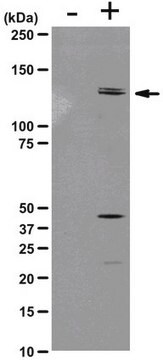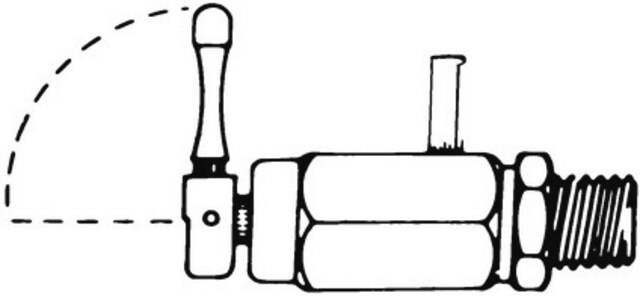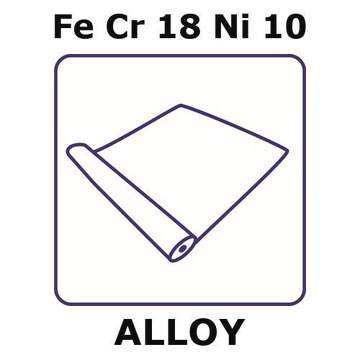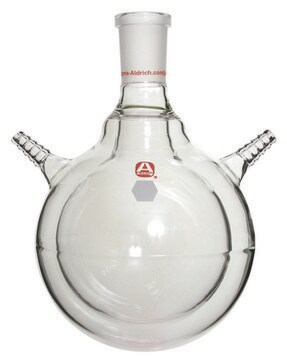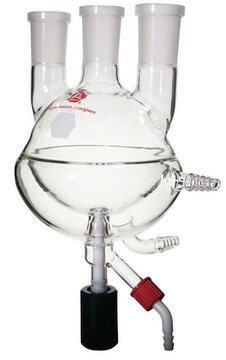GF53078182
Cadmium
rod, 150mm, diameter 10.0mm, as drawn, 99.99+%
Synonym(s):
Cadmium, CD007925
About This Item
Recommended Products
assay
99.99%
form
rod
manufacturer/tradename
Goodfellow 530-781-82
resistivity
7.27 μΩ-cm, 22°C
L × diam.
150 mm × 10.0 mm
bp
765 °C (lit.)
mp
320.9 °C (lit.)
density
8.65 g/mL at 25 °C (lit.)
SMILES string
[Cd]
InChI
1S/Cd
InChI key
BDOSMKKIYDKNTQ-UHFFFAOYSA-N
Looking for similar products? Visit Product Comparison Guide
General description
Legal Information
signalword
Warning
hcodes
pcodes
Hazard Classifications
Aquatic Acute 1 - Aquatic Chronic 1
Storage Class
13 - Non Combustible Solids
wgk_germany
WGK 3
flash_point_f
Not applicable
flash_point_c
Not applicable
Choose from one of the most recent versions:
Certificates of Analysis (COA)
Sorry, we don't have COAs for this product available online at this time.
If you need assistance, please contact Customer Support.
Already Own This Product?
Find documentation for the products that you have recently purchased in the Document Library.
Our team of scientists has experience in all areas of research including Life Science, Material Science, Chemical Synthesis, Chromatography, Analytical and many others.
Contact Technical Service

